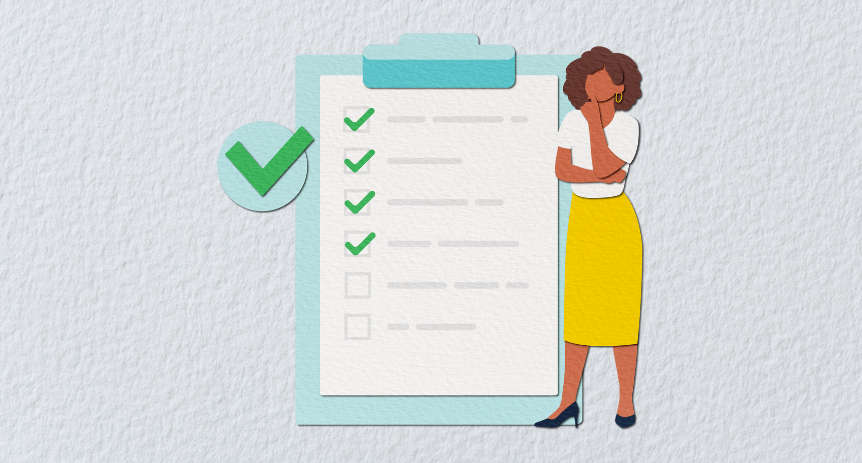One of the challenges substitute teachers sometimes face is what’s known as the “Substitute Teacher Effect.” The Substitute Teacher Effect is a phenomenon where students behave worse when a substitute teacher leads a class. The Substitute Teacher Effect poses challenges for the new instructor, especially with classroom management.
Fortunately, there are a number of strategies you can use to combat the Substitute Teacher Effect and lead a productive day of learning.
1. Leave a Note
You should always leave a note because this lets the absent teacher know what happened in their class. For the purposes of dealing with the Substitute Teacher Effect, leaving a note is also a powerful motivator for students — if the class knows their behavior will be documented and shared with the absent teacher, they’ll also know that they’ll be accountable for their actions.
That’s why it’s helpful to let students know during the beginning of class that you’ll be leaving a note for the absent teacher.
In addition to helping with student behavior during your time subbing, the note also acts as a record of what happened in the class if there are any issues that require further attention. Plus, documenting what was accomplished and what was not accomplished in class helps the absent teacher know what to do when they return and what to plan for the rest of the instructional sequence.
Make sure the note contains some sort of your contact information, like a phone number or email, so the absent teacher can contact you if needed.
2. Communicate the Plan
Like with any form of instruction, the best way to manage a class is by implementing a solid lesson plan. By using a lesson plan, an instructor has a clear agenda for the class and a goal that needs to be accomplished.
Communicating the plan for the day can help the class go smoothly because students are more likely to be productive when they know there is certain task that needs to be completed by the end of the period. It sets the tone and expectation that learning is still a priority even with a different teacher present.
Also consider taking this opportunity to let students know that you really care about their success during your time with them. Sure, you may not have a longstanding relationship with the particular class, but it’s still important to you that they have a productive day.
If the absent teacher does not leave a lesson plan, you will have to improvise a lesson on the fly. If this happens, you should always have a lesson or an activity in mind, and it will still be helpful to communicate it to your students. As educators, we always want to support a constructive educational environment no matter the situation.
3. Get the Students’ Attention
Letting your students know that you’ll be leaving a note is one of several ways you can get their attention. Here are some other techniques you can use.
- Stand at the front of the room and wait if the class is distracted. Students will eventually realize you are waiting for them. Do not talk over them — this sets a bad precedent that it is OK to talk when the instructor is talking. One way to take this to the next level is to stand in front of the room and say, “If you can hear me, clap once… two times, etc.” You can also praise students who are following directions. Eventually, everyone else will comply and class can begin.
- Survey the class and make sure everyone is listening. Have the students put away their phones, laptops, headphones, or anything that will distract them.
- Another strategy is called “self -interrupt.” With this approach, if a student begins to talk while you are talking, stop yourself mid sentence and look at them. They will get the hint that they should not speak when you are speaking.
4. Make Sure Everyone is on Task
Another helpful strategy to deal with the Substitute Teacher Effect is to make sure you are engaged with your students for the duration of the class.
- Check for understanding by having a student repeat back to you the instructions. This ensures the students know what to do. Make sure the directions are observable so that you can visually check to see if they comply.
- Display the instructions on the board or on the projector.
- Circulate around the room. Do not sit at a desk or stand in one spot.
- Ask students if they need help or have any questions or concerns.
Ultimately, letting students know they’ll be accountable for their actions, sharing a clear plan for the day, and staying engaged with the class can help you have a productive day and overcome the substitute teacher effect.





